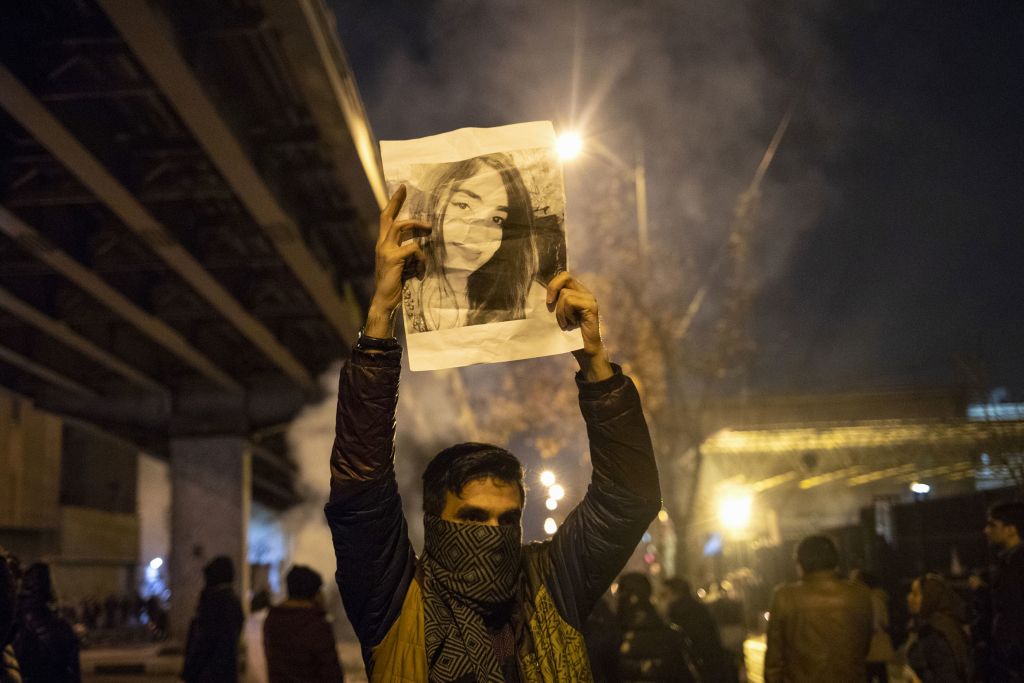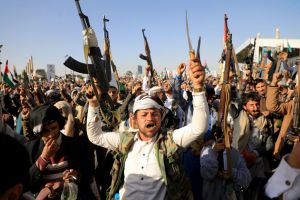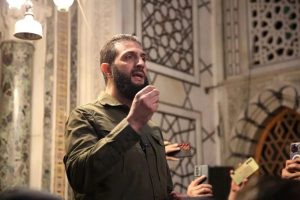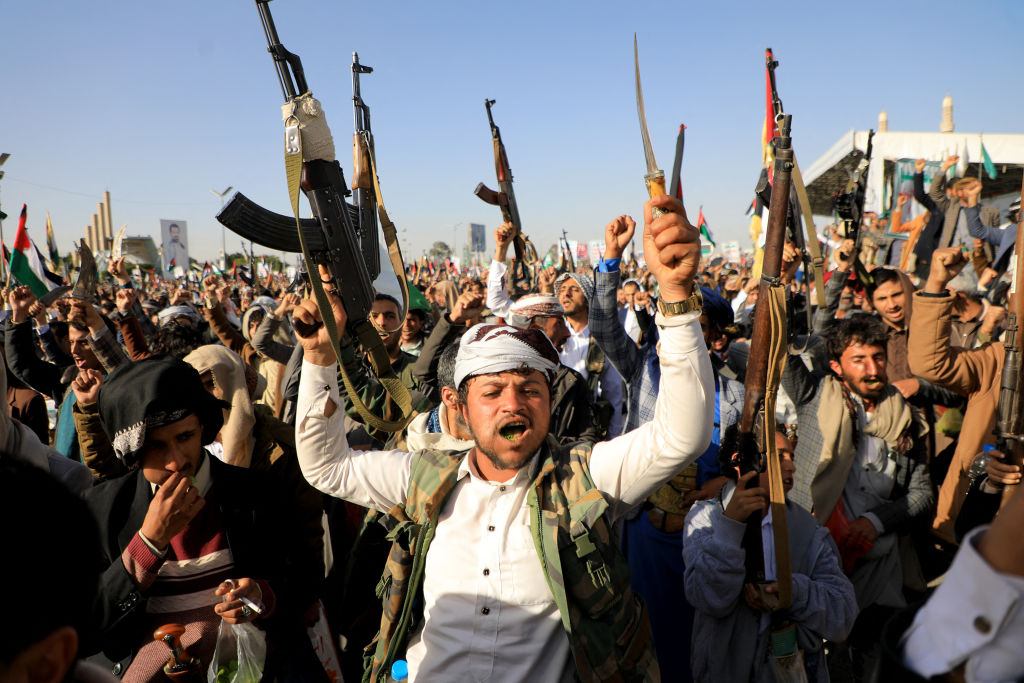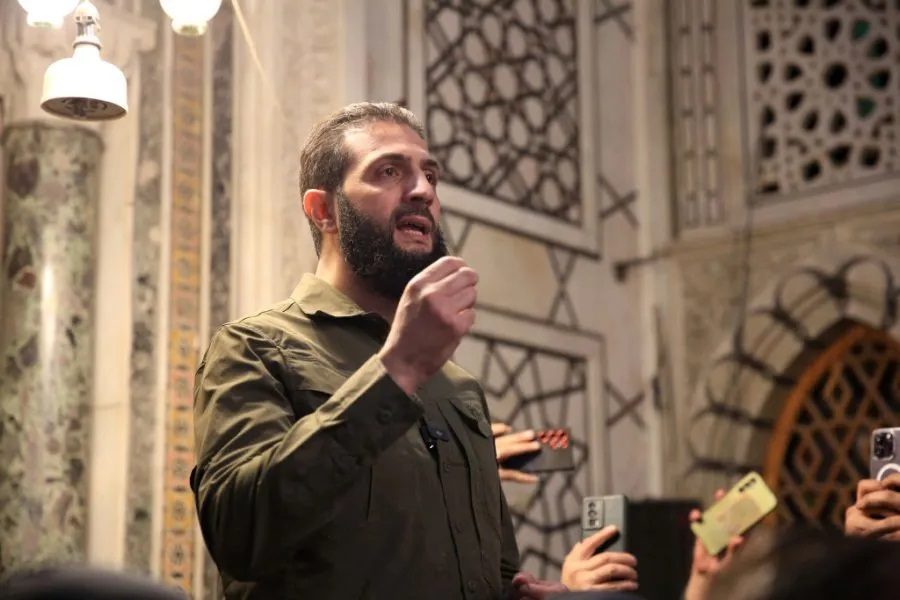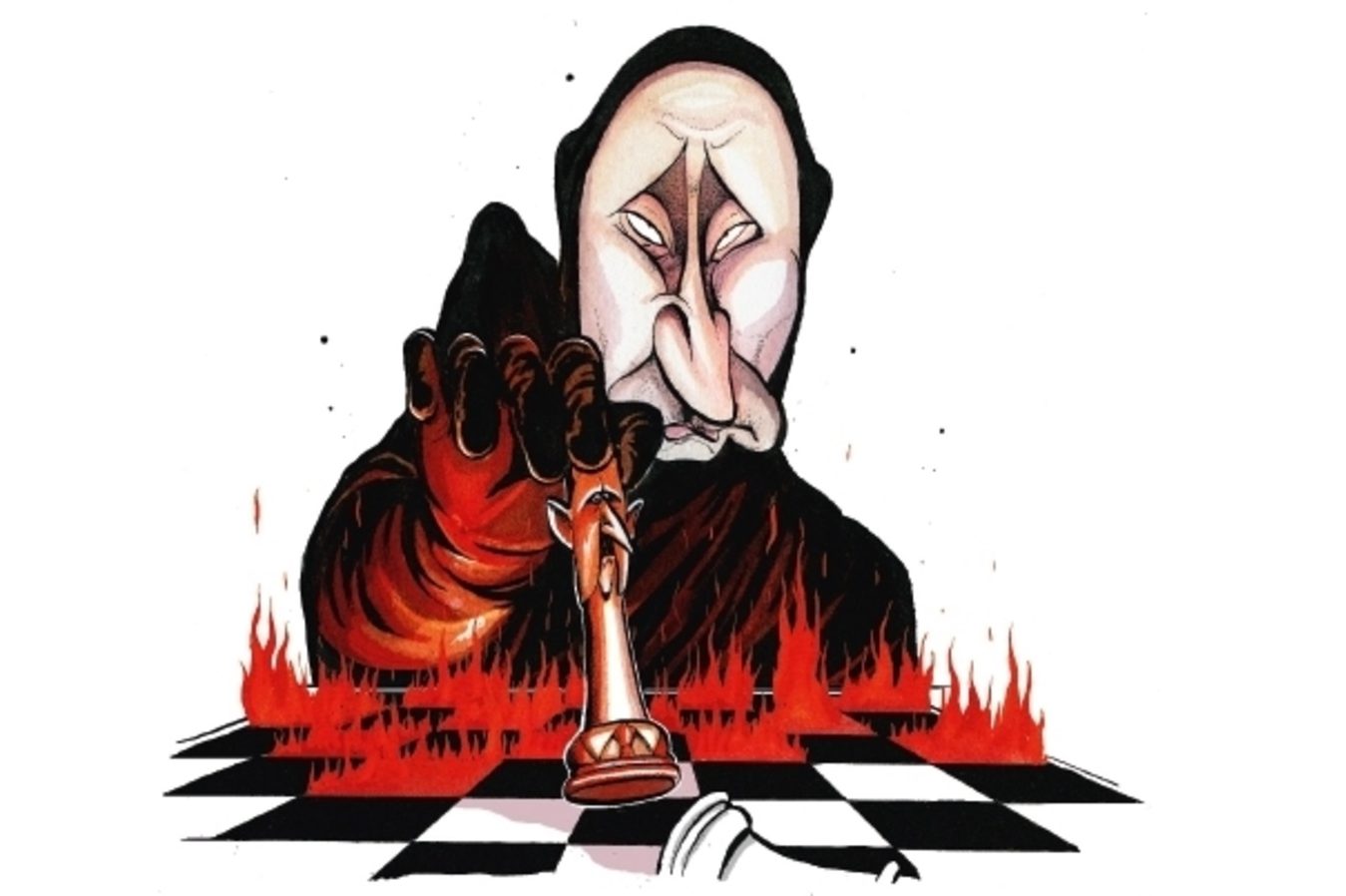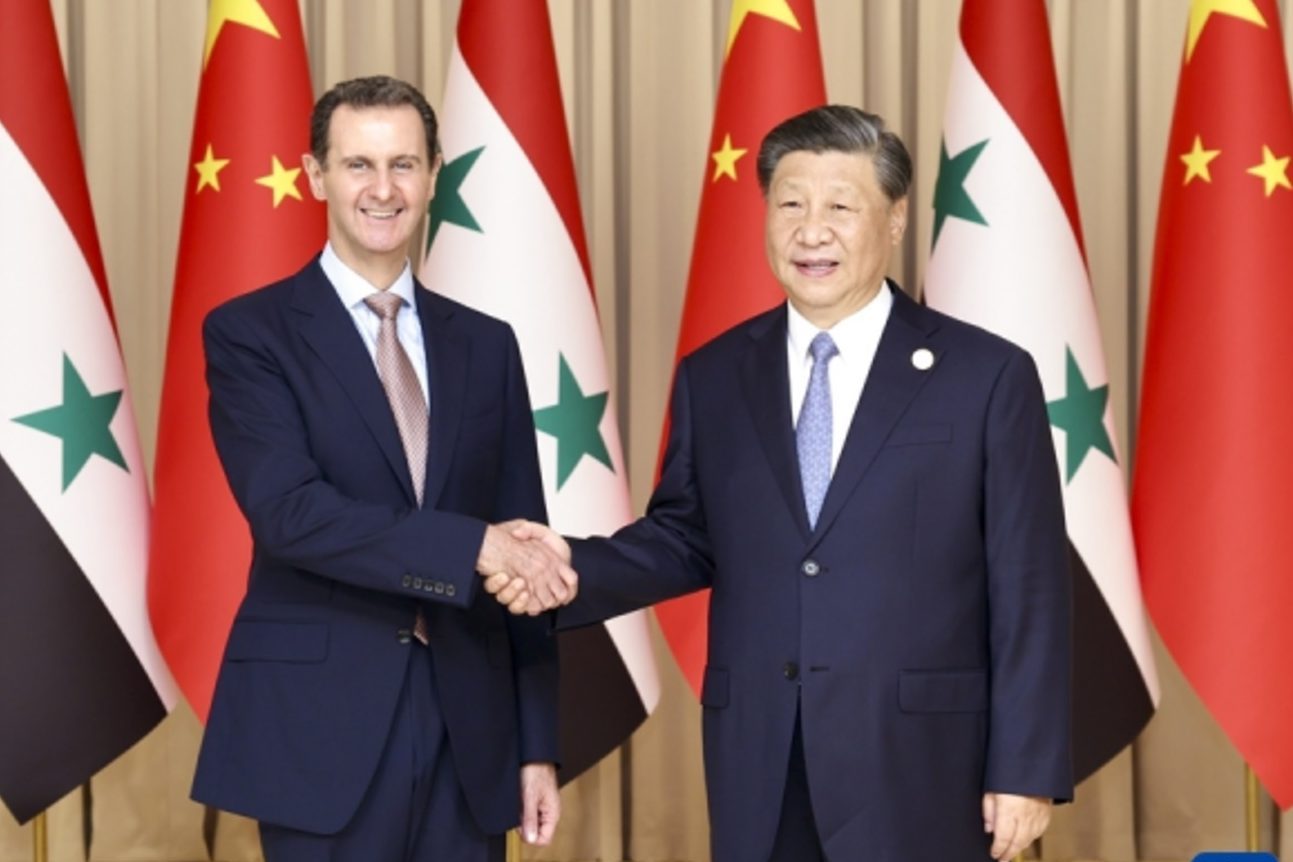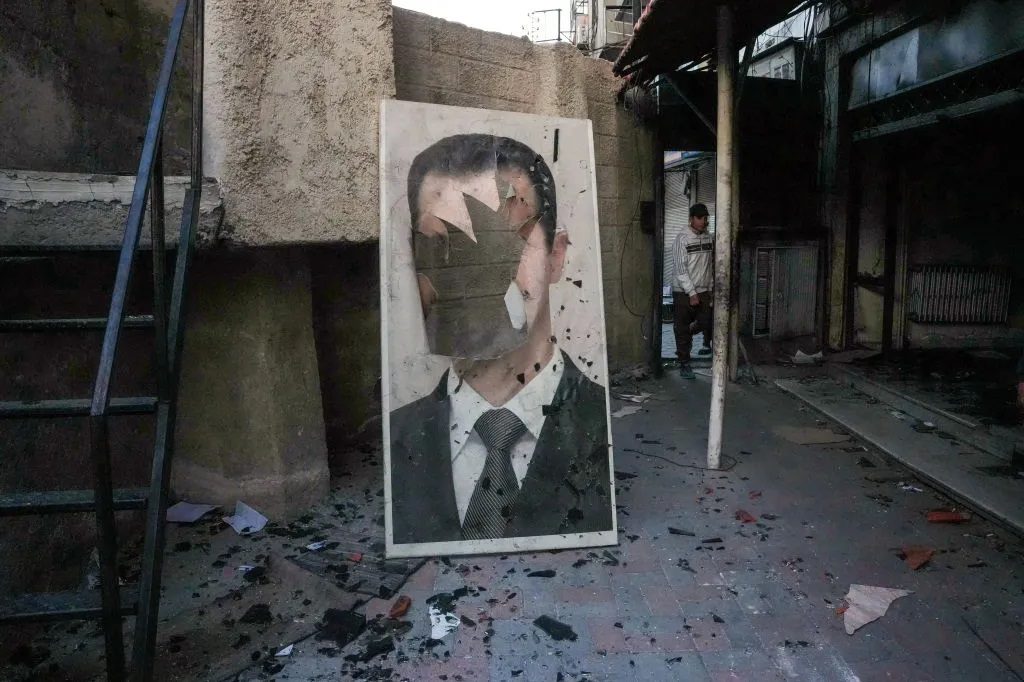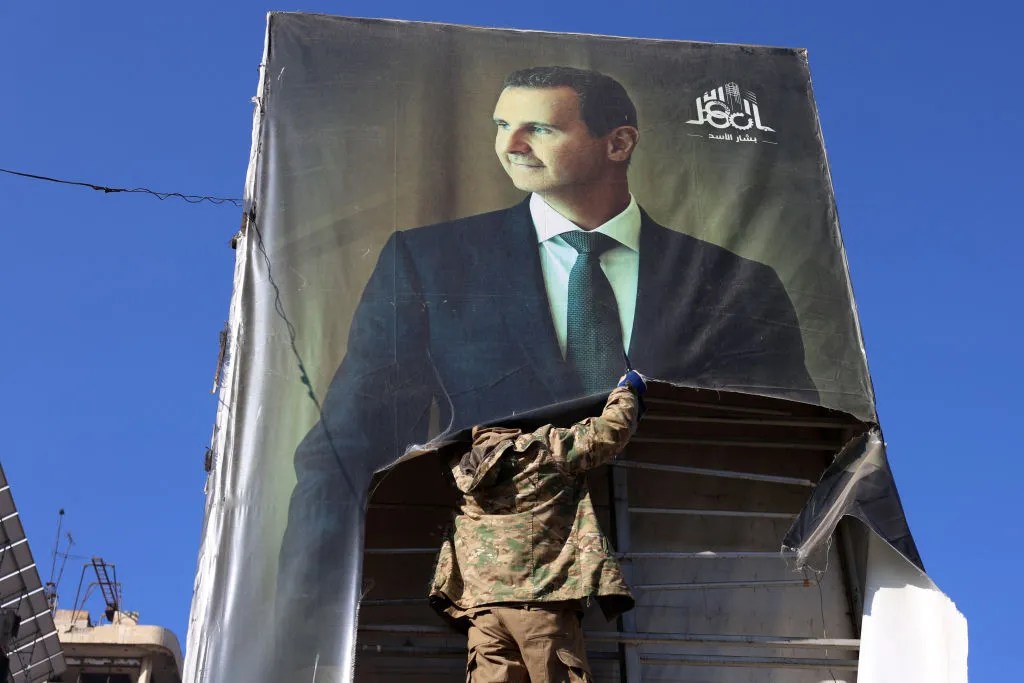This article is in The Spectator’s February 2020 US edition. Subscribe here.
‘Get lost ayatollahs!’ ‘Death to Khamenei!’ The bravery of the anti-government demonstrators in Tehran is incredible, each one knowing that their actions could end with a bullet or a noose. I reached one through their favored encrypted app, Telegram, the interview arranged by a leading Iranian opposition group outside the country. ‘Elias’ — not his real name of course — is 25 and a postgraduate politics student in Tehran. The security forces were everywhere, he told me; everyone was very afraid. Still, he went on, ‘There is only one way this ends: toppling the regime.’
These events were set in motion by President Trump’s decision to assassinate Qasem Soleimani. In reply, Iran fired a dozen missiles at American troops in Iraq but drew no blood. This was deliberate: they had warned the Iraqi prime minister when and where the missiles would fall, well aware he would pass this information on to the US. They feared a proper war with the US would destroy them. Elias thought they were right and wished Trump had fired back at regime targets in Iran. After 40 years, clerical rule was more unpopular than ever. ‘The mullahs are weak.’
They are weak partly because of American sanctions. Elias was worried the sanctions might work, remembering that their limited aim was to stop Iran from making a nuclear bomb. The mullahs would fold on the nuclear issue, he thought, and American pressure would relent. So did he want the US to invade? If it came to that, yes, he said: ‘The regime is suppressing so many people. The Americans must help change the regime.’
That was an astonishing thing for an Iranian to say and it’s difficult to gauge how many other protesters feel the same. A statement by the students at Tehran’s Amirkabir University, where the protests started, said: ‘America’s presence in the Middle East has done nothing but spread chaos.’ But it also went on to say: ‘The American adventure in the region should not be used as an excuse to justify domestic repression.’ Iran and the United States had almost gone to war only a week earlier, but the students were chanting in the streets: ‘Our enemy is right here, they’re lying that it’s America.’ Phone pictures showed people ripping up portraits of Soleimani. The students in that crowd had been brought up to hate the US. This was a rejection of a whole ideology.
Once in a while, an authoritarian regime does something so stupid and cynical that it crystallizes the opposition to it. In Iran, this is the shooting down of Ukrainian Airlines PS752. Of course, this was an accident: Iran was looking for American bombers. But the catastrophic error was compounded when the regime lied about what had happened.
It’s claimed — and believed by the protesters — that the Iranian government was allowing passenger aircraft to keep flying because this would make it harder for the US military to strike: civilian travelers were being used as human shields. This is no surprise from a regime that sent thousands of boys — some as young as 12 — to clear minefields in the war with Iraq in the 1980s. The boys were often tied together by rope in groups of 20 to prevent desertion. Their shirts had the slogan: ‘I have the special permission of the Imam to enter heaven.’ Some carried tiny plastic keys, made in Taiwan, to open the gates to paradise.
No doubt many Iranians find echoes of this ruthlessness and incompetence in what was done to the Ukrainian airliner. So a memorial by students at Amirkabir University for relatives lost on the flight easily became a protest. The slogans included: ‘Our loved ones didn’t die so Khamenei could stay in power.’ And: ‘The IRGC [Islamic Revolutionary Guard Corps] is our Isis.’
The demonstrations spread to other universities in other cities but, as I write, it’s still students, and the crowds are still small — certainly dwarfed by the millions who came out to promise revenge for Soleimani. It’s true that many of these were members of the civil service or the military or workers ordered to attend, but the regime still has support. It is not in mortal danger yet. On the other hand, Iran’s opposition in the diaspora hopes and believes that the movement on the streets will build. It’s students now, but in December it was workers and the poor, demonstrating about a 50 percent rise in gas prices.
That protest was brutally put down, with as many as 1,500 killed. The dilemma for the clerics is whether doing that now, at a much more dangerous moment for them, would inflame things further, or if failing to act would break the spell of fear and begin an unstoppable deluge. Perhaps in the time between writing this and publication, they will have already given the order to open fire. That would be a challenge to Trump. He has warned the clerics — by tweet — not to shed more blood on the streets. What will the US do if that warning is ignored? More sanctions? More tweets? Trump has surrounded himself with Iran hawks but, despite Elias’s hopes, the US is not ready to invade just yet.
Trump may face some serious threats if the mullahs do not contain the protest. They would be cornered and desperately in need of a distraction. Following Soleimani’s killing, perhaps the single most influential player in the region is Hassan Nasrallah, the leader of Hezbollah, the Shia militia in Lebanon that answers to Iran. The revenge for Soleimani’s death had only just begun, he said: US soldiers would leave the Middle East in coffins.
Trump’s order to assassinate Soleimani, along with the earlier decision to withdraw from the nuclear deal with Iran, are easily the most consequential acts of his presidency. It’s better to be lucky than to be smart, they say, and perhaps he is about to be vindicated: the mullahs blinked; their grip on power has never been so weak. But in this election year, Trump has become another American president whose survival in office depends on events in a Middle Eastern country he cannot predict, let alone control.
This article is in The Spectator’s February 2020 US edition. Subscribe here.



